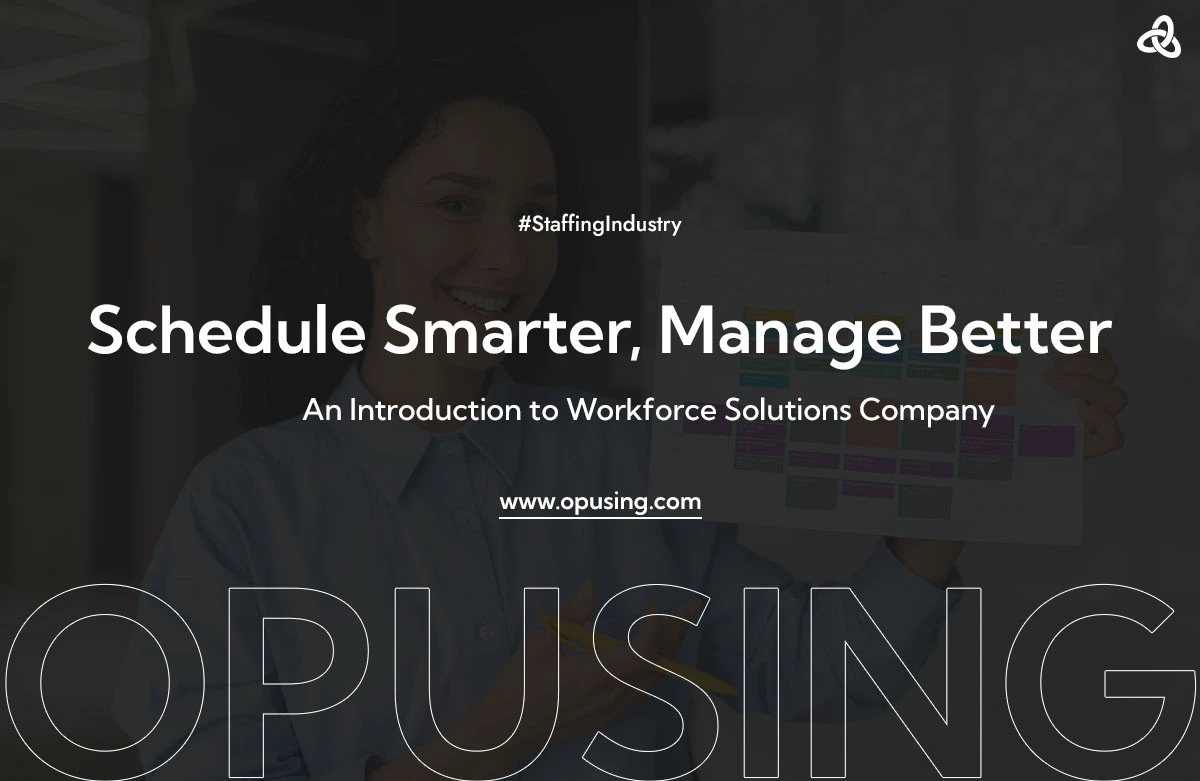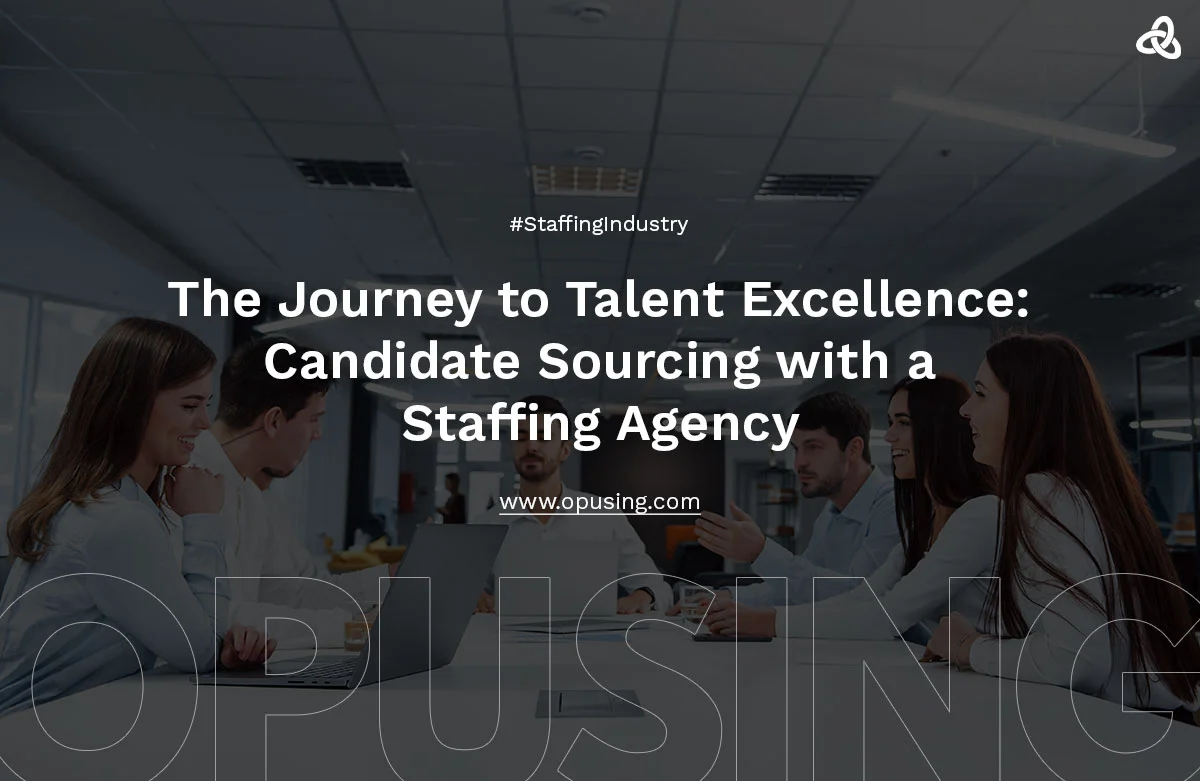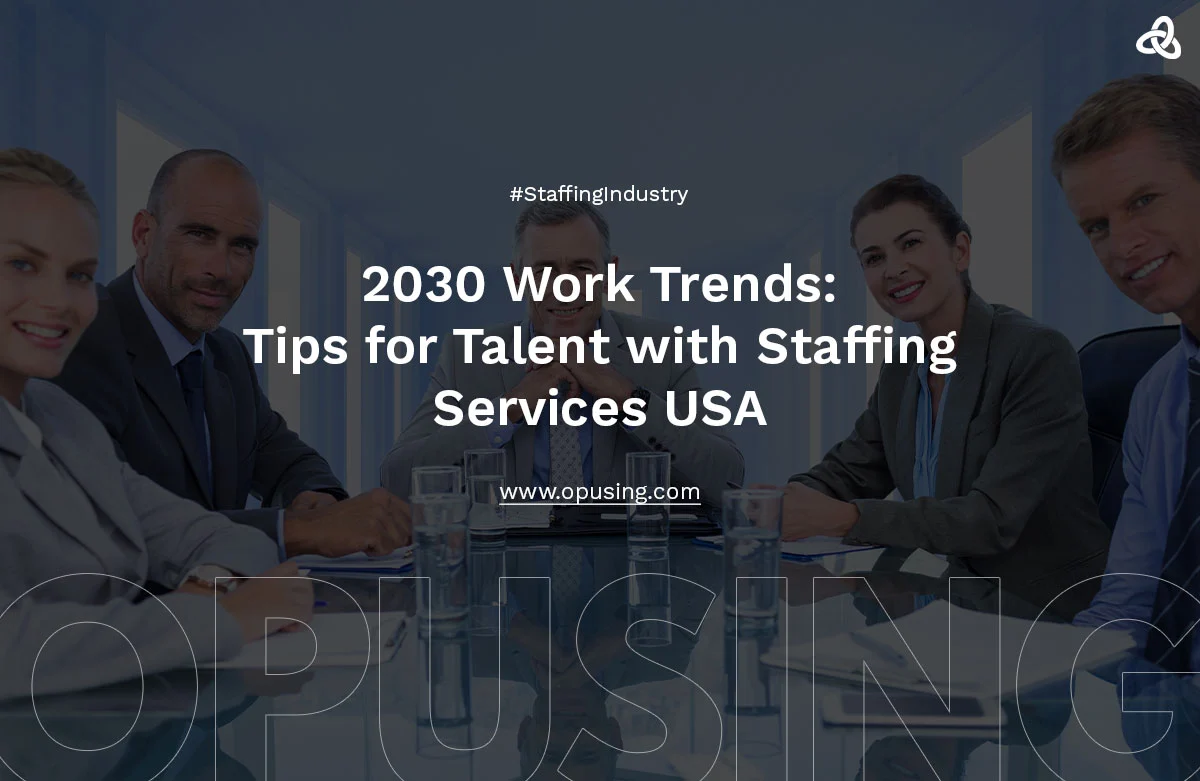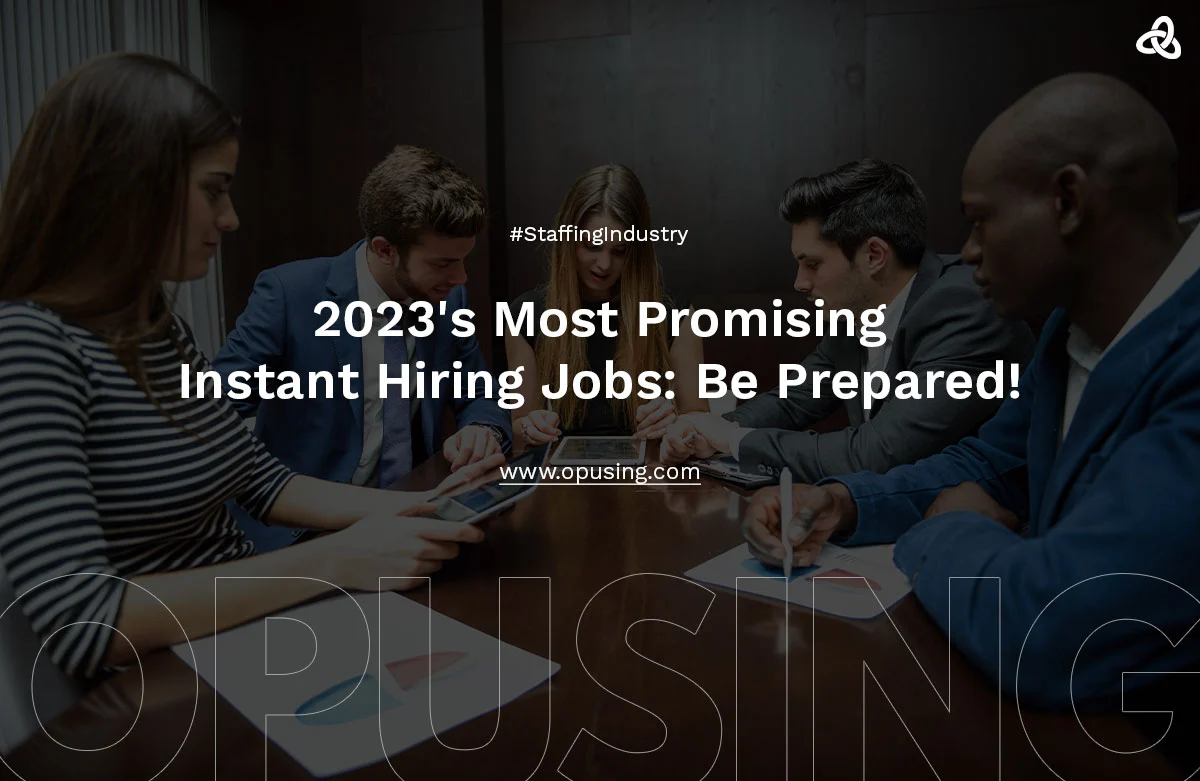Schedule Smarter, Manage Better: An Introduction to Workforce Solutions Company
 Shourya Mehta
Shourya Mehta- Dec 06, 2023

workforce solutions company
kept calm and carried on with new workforce strategies. First the staff only used to work from the office so everything was easy and predictable, with the remote and hybrid model it became hard which one ever expected. Workforce solutions company came in as a key tool, helping organizations get work done.Why Is Workforce Manegement Important?
WFM is the backbone of a well-functioning organization. It ensures that the right people, with the right skills, are in the right place at the right time. This optimization leads to increased efficiency, lesser costs, and improved overall performance, making it vital for the success of any business.
Understanding the Main Parts of WFM:
Planning and Scheduling: At its essence, Workforce Management (WFM) involves the thoughtful coordination of where and when people work, ensuring that individuals with the right skills contribute to increased productivity and superior service quality.
Time and Attendance Management: Keeping accurate and clear records of time worked is vital for paying employees correctly, following labor laws, and creating a fair and ethical workplace. These systems help track time and attendance thoroughly, reducing mistakes.
Labor Forecasting and Analytics: Predicting how much work is coming and what resources are needed is crucial for planning ahead. WFM uses data-driven analytics to estimate demand, allowing organizations to adjust staff levels and avoid problems in operations.
Compliance and Regulatory Adherence: Following labor laws and regulations can be tricky, but WFM solutions make it easier. They automate processes and provide detailed reports, reducing the risk of breaking the rules and facing penalties.
Employee Engagement and Empowerment: WFM tools aren't just for managers. Involving employees in the scheduling process empowers them to manage their time better and feel more in control of their work. This boosts engagement and ownership over tasks.
WFM Software
Workforce Management Software is a digital tool designed to streamline and automate various aspects of employee management. From scheduling shifts to tracking attendance and analyzing performance, these software solutions make workforce planning more efficient, saving time and reducing errors.
An Example A reputed Manufacturing company in New Jersey implemented a WFM solution to better schedule production workers on the factory floor. By aligning staff levels with machine output targets, they improved productivity by 15%. The software also helps with demand forecasting and material requirements planning.
Workforce Management Tools and its Significance
Boosted Efficiency WMTs make schedules smarter and easier. Which leads to smoother work processes, fewer delays, and ultimately, a more efficient team.
Cost control : By tracking time accurately and planning schedules wisely, WMTs cut down on overtime costs, scheduling mistakes, and unnecessary staffing. Automated processes and less reliance on manual work also contribute to cost savings.
Rule Adherence : They also help companies stick to labor laws and rules on breaks, overtime, and time off. This reduces the chance of legal problems and fines, giving businesses peace of mind.
Happier Employees : With predictable schedules, fair workloads, and improved communication, they can make employees happier and more engaged. This leads to lower turnover and creates a more positive workplace.
decisions about staffing
, scheduling, training, and otherHR strategies
.Some WMTs offer integrations with existing HR systems, payroll platforms, and communication tools, creating a unified data ecosystem. Advanced tools may utilize artificial intelligence (AI) for tasks like automated scheduling, workload forecasting, and talent analytics. Mobile apps allow employees to access schedules, submit timesheets, and request leave on the go.
Things to Keep in Mind for Workforce Management Tools
Integrations - The system should integrate with your existing HR, payroll, timekeeping, and other back-end systems to share data. API and custom integration capabilities are ideal.
User experience - The system should have an intuitive interface for usability across roles like employees, supervisors, administrators.
Budget - Consider setup, licensing, and ongoing costs. Opt for a system that matches your business size and budget.
Scalability - As your business grows, the WFM system should be able to scale up in terms of users, locations, integrations and features.
Conclusion
Overall, workforce management tools are powerful investments that can benefit both businesses and employees. By streamlining processes, improving communication, and providing valuable data, they can drive efficiency, engagement, and success for all stakeholders.
Remember, the specific benefits you experience will depend on the features and functionalities of the WMT you choose and how effectively you implement it within your organization. Carefully consider your needs and choose a tool that aligns with your unique goals.
Our Latest Blogs

7 Best Staffing Agencies Tips to Make Your Job Application Stand Out From the Crowd
We curated seven tips that the best staffing agencies will approve of to help your job application stand out....
Read More
Workforce Solution: Four Advantages of Converting a Temporary Staff to Permanent Employee
Hiring a temporary workforce is the most advantageous workforce solution. However....
Read More
Staffing Firm Edition: 4 Ways To Make Onboarding Process Effective for Remote Employees
Staffing firms will confirm that changing times calls for a process revamp. Now you need to adjust to....
Read More



Leave your thought here